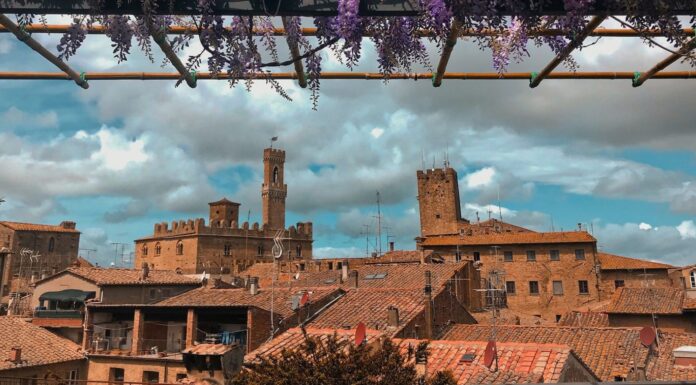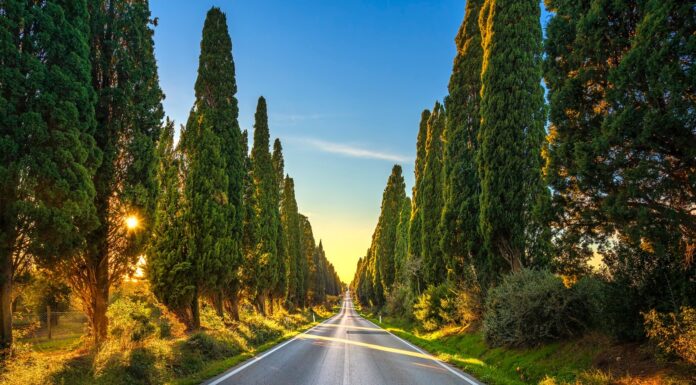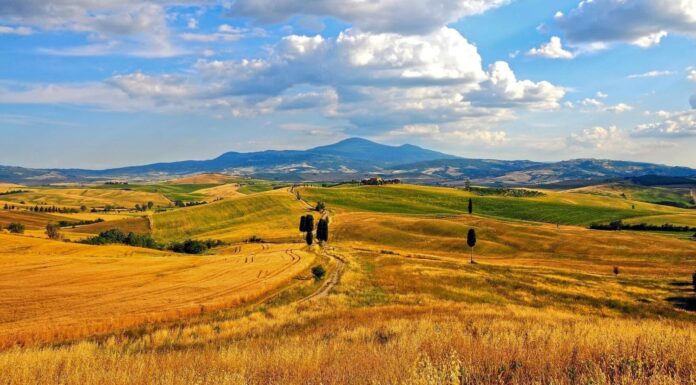One of my favorite things to do during an Italian vacation is to visit the cathedrals in Italy. With their grandeur of architecture and deep history, the beauty and atmosphere in and around cathedrals is something truly special.
Each cathedral, basilica, and duomo is unique in its own way. With different architectural styles, centuries they were built in, and cultural significance to their community, they are incredibly fascinating and absolutely stunning.
Read on to discover what I believe are twenty of the most beautiful and important cathedrals in Italy and the unique touch that they add to their communities.
1. Cathedral of Saint John the Baptist – Torino

The Cathedral of Saint John the Baptist is incredibly significant to Catholicism. It was built in Turin in the years between 1491 and 1498. The Holy Shroud is kept here, bringing pilgrims from all over the world to see the site for themselves. While there is debate over the artifact, it is believed that the shroud is the burial cloth of Jesus Christ.
Italy Travel Secret
The Holy Shroud is not always on display, make sure to check the official website to try and plan your trip around a time when it will be showcased.
2. Basilica of San Nicola – Bari

In the region of Puglia, the Basilica of San Nicola can be found in Bari. The Basilica is a gorgeous Romanesque church whitewashed in the traditional apulian limestone. Built during the Italo-Norman domination of Puglia, construction started in 1087 and it was opened in 1197. The Basilica was built to house the relics of Saint Nicolas, or more commonly known as Father Christmas, that were stolen from Myra (modern day Turkey) by sailors from Bari.
Italy Travel Secret
After marveling at the Basilica, wander around Bari’s cobblestoned old town to discover locals making and selling the iconic pasta of Bari, orecchiette.
3. Amalfi Cathedral
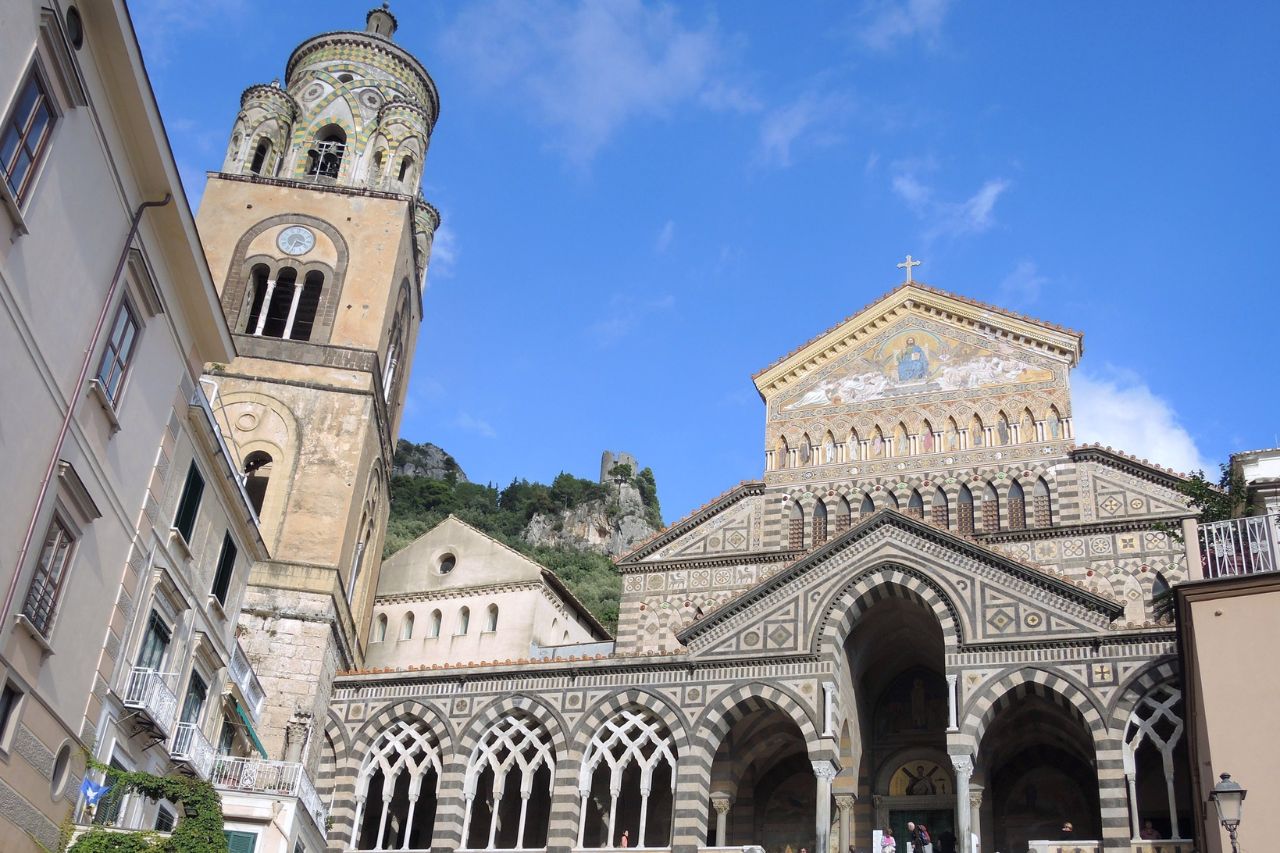
This gorgeous cathedral in Italy is in Amalfi’s Piazza del Duomo and was built in the 9th century. It is commonly referred to as the Cathedral of Saint Andrew. The Amalfi Cathedral is very unique when compared to other cathedrals throughout Italy because it has a blend of Arab-Norman, Byzantine, and Gothic architectural style. Many pilgrims visit each year to see the relics of Saint Andrew.
Italy Travel Secret
The cathedral is located at the top of a staircase overlooking Amalfi and the Mediterranean Sea. The terrace has one of my favorite views along the Amalfi Coast.
Read more: Amalfi Coast Towns – Explore 9 Exquisite Luxury Destinations
4. Basilica of Loreto
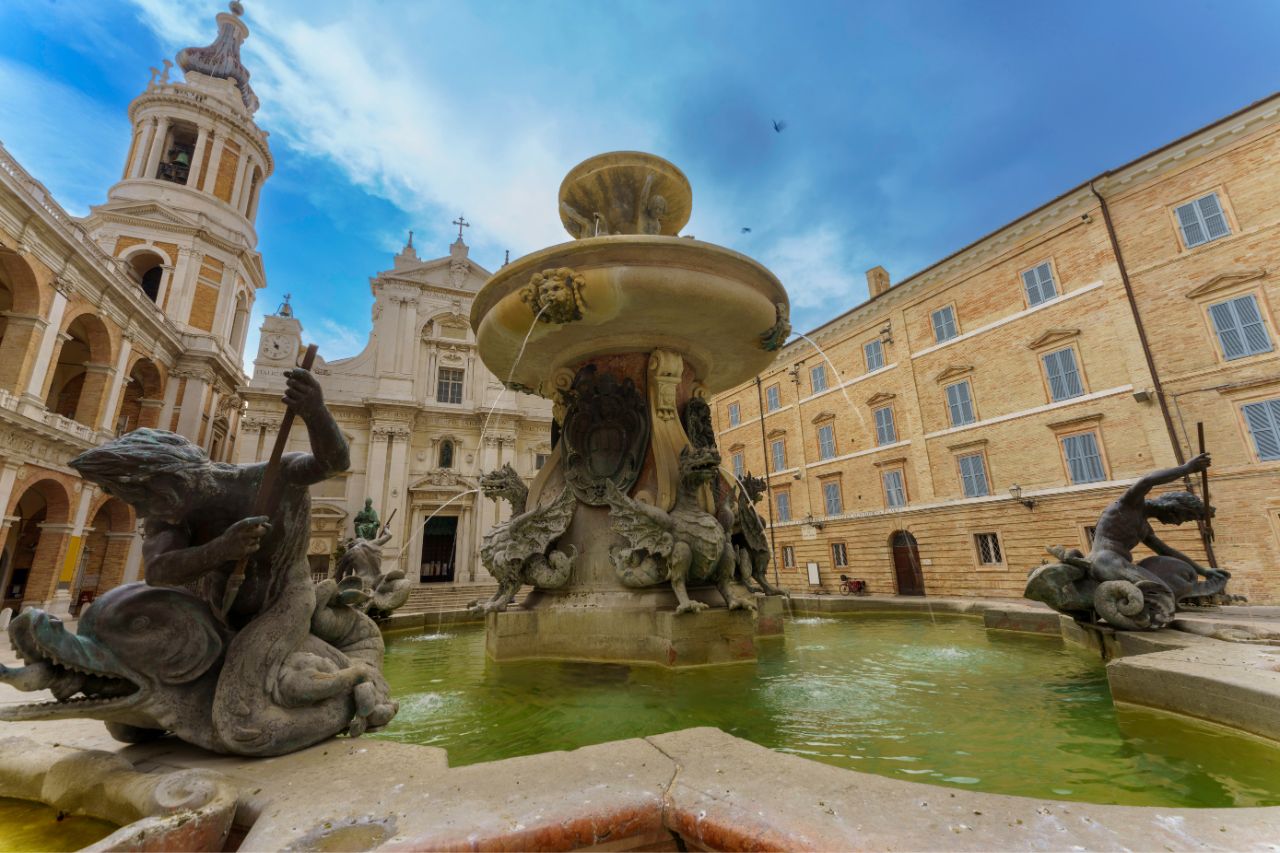
This UNESCO World Heritage Site was constructed between 1469 and 1587 in the town of Loreto. The belief holds that the house of the Virgin Mary, also known as the Holy House of Loreto, was miraculously transported here from Nazareth. With intricate designs, the basilica is a gorgeous mix of Gothic and Renaissance styles.
Italy Travel Secret
Make sure to also visit the Piazza della Madonna and surrounding monuments such as the Sixtus V, the Apostolic Palace and the Fontana Maggiore.
5. Santa Maria del Fiore – Florence
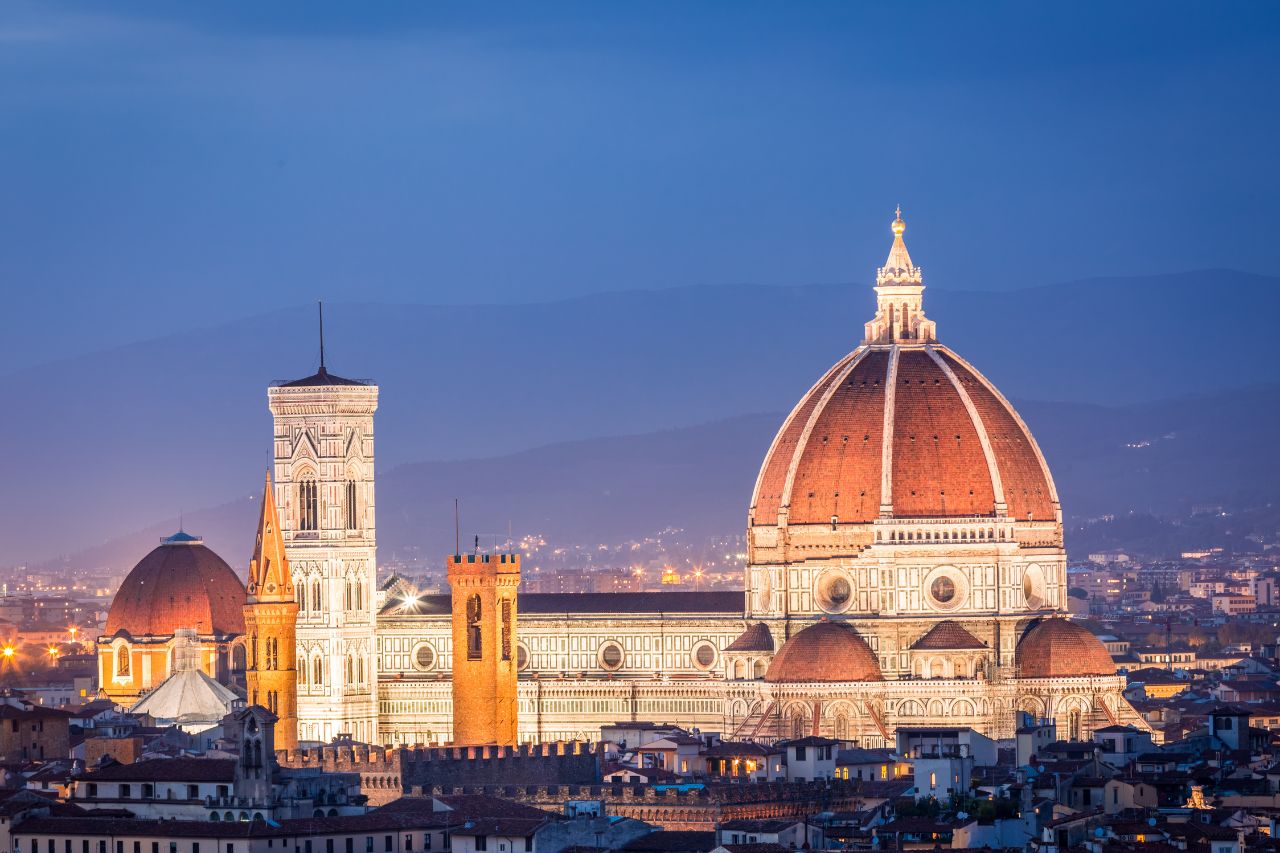
Taking almost 150 years to complete construction that started in 1296, the Santa Maria del Fiore is located in the heart of Florence. With Gothic architecture, one of the most famous things about the duomo is its magnificent dome designed by Brunelleschi. Also known as the Florence Duomo, it is very special to the people of Florence and is considered a symbol of Italian culture.
Italy Travel Secret
Insider Tip: It can get incredibly busy and lines can be long, so make sure to book your tickets in advance.
6. Lecce Cathedral
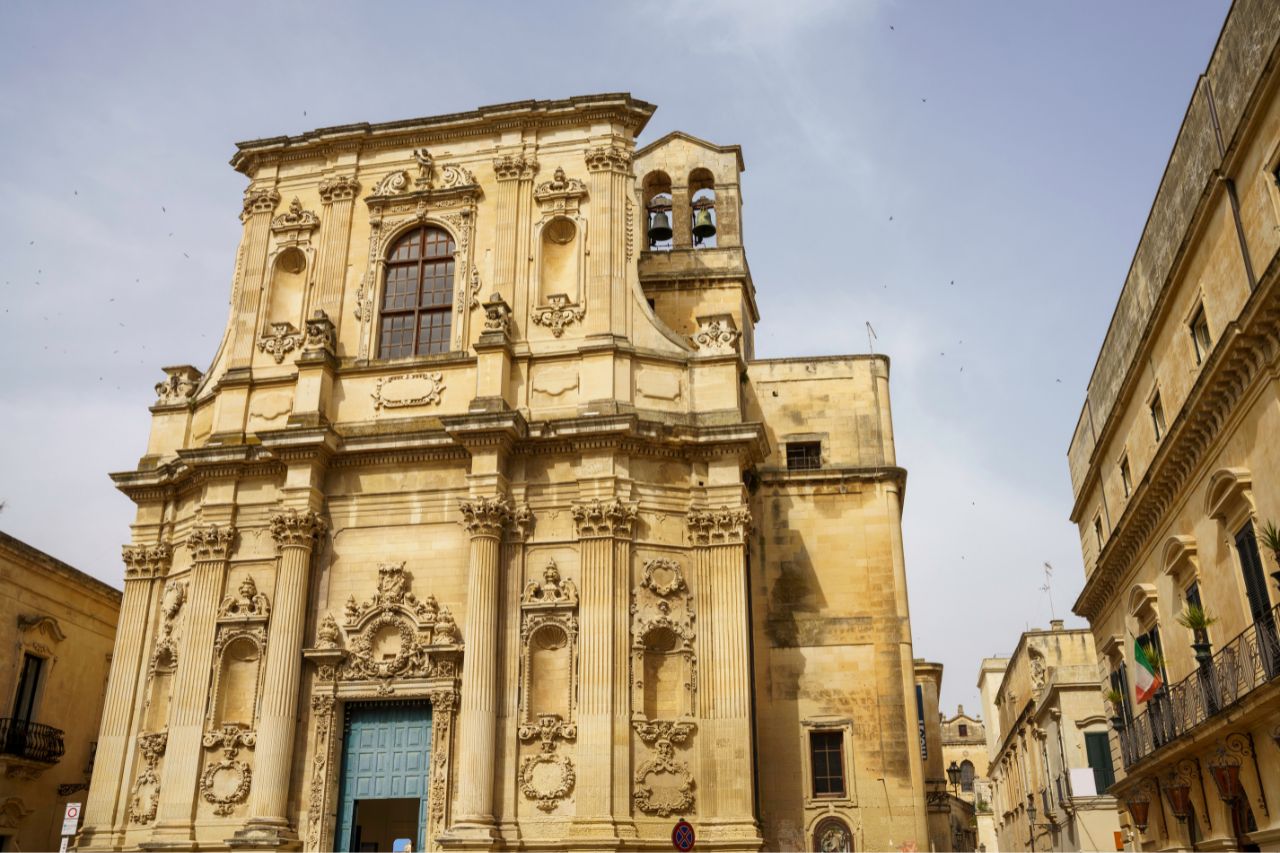
The Lecce Cathedral was constructed originally in 1144, but a complete restoration took place starting in 1659 when a 70-meter-tall bell was added. With intricate carvings, the main architectural style of the cathedral is Baroque. In the quaint, cobblestoned town of Lecce, this is one of the most beautiful cathedrals in Italy and is a highlight of a trip to Puglia.
Italy Travel Secret
To fully take in the beauty of the Baroque architecture, make sure to explore the surrounding streets of the Lecce Cathedral and marvel in the beauty and historical significance of the area.
7. Saint Peter’s Basilica – Rome
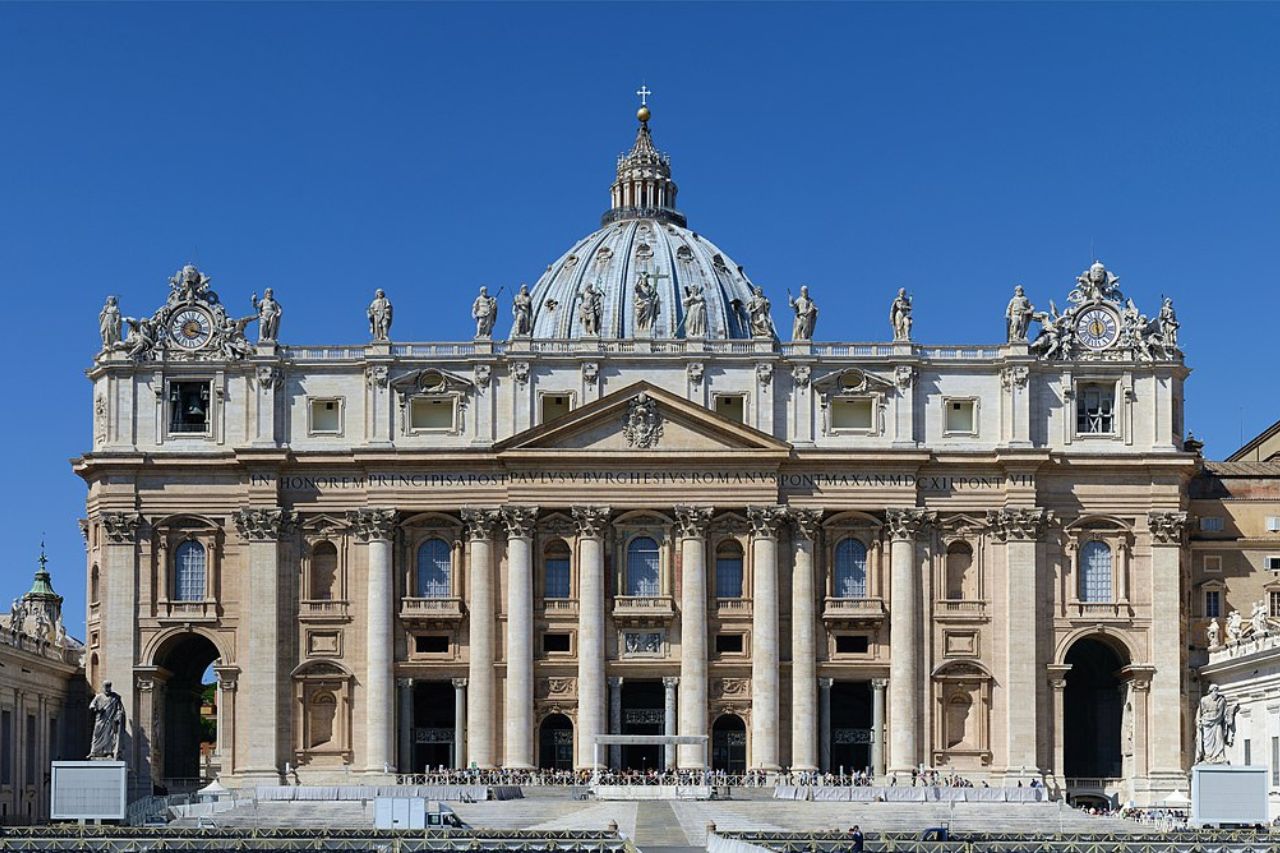
Considered a spiritual center of Catholicism and the burial site of the first Pope, Saint Peter’s Basilica in Rome is one of the most important landmarks in Italy. With notable architects such as Michaelangelo and Carlo Maderno, the main architect was Donato Bromante and it was constructed from 1506 to 1626. With Renaissance and Baroque styles, the basilica holds immense significance to Italians and the local culture of Rome.
Italy Travel Secret
To fully immerse yourself into the fascinating history, art, and culture that Saint Peter’s Basilica offers, we recommend you take a guided or audio tour during your visit.
8. Palermo Cathedral
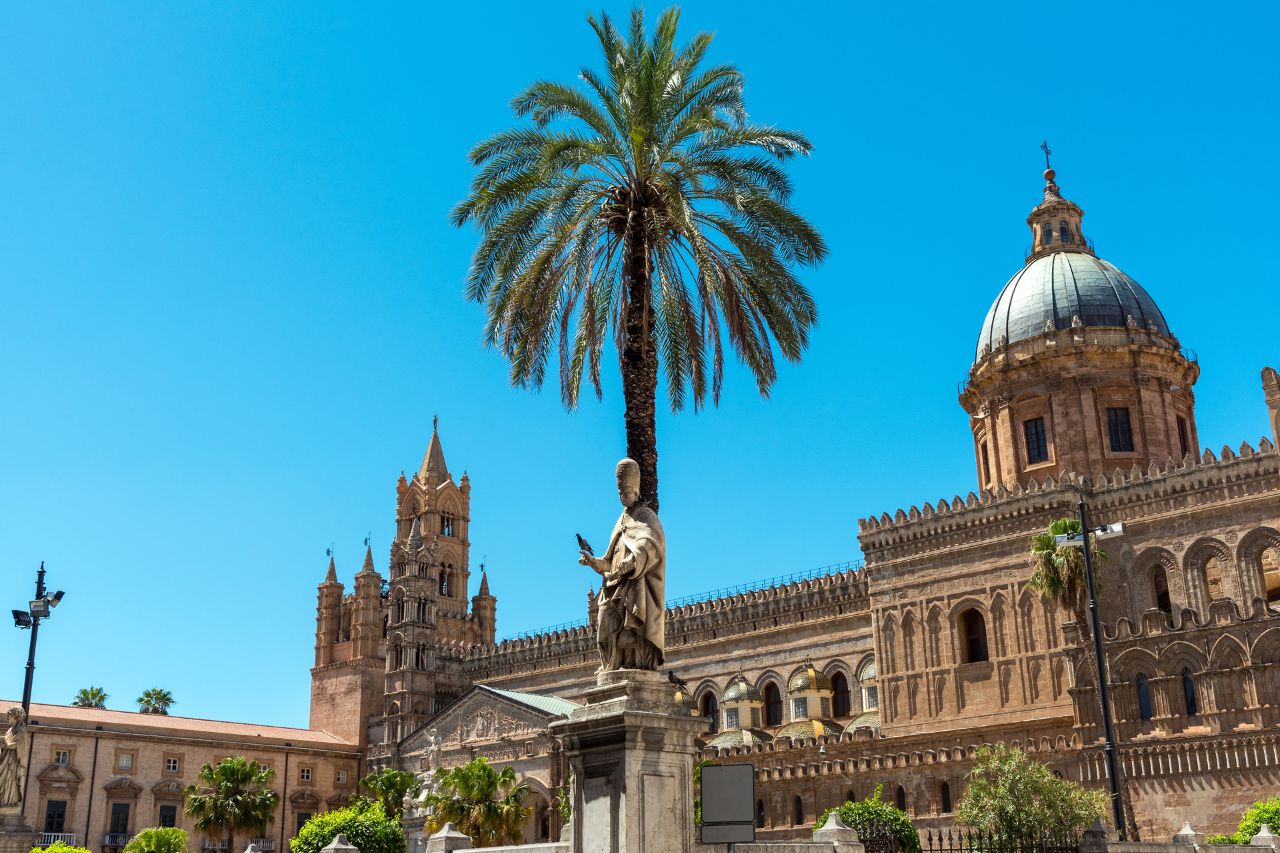
The Palermo Cathedral can be found in Palermo, Sicily, and is incredibly important to the cultural significance in Italy. There have been various influences on its architectural style throughout the years. Starting in 1184, the finished product of these different influences showcases elements of Norman, Arab, Romanesque, Gothic, and Renaissance styles. It serves as a symbol of the blend of different civilizations that have shaped Palermo’s history.
Italy Travel Secret
Climb the rooftop to enjoy the view of the city and to see the unique architecture up close.
9. Collevalenza Sanctuary
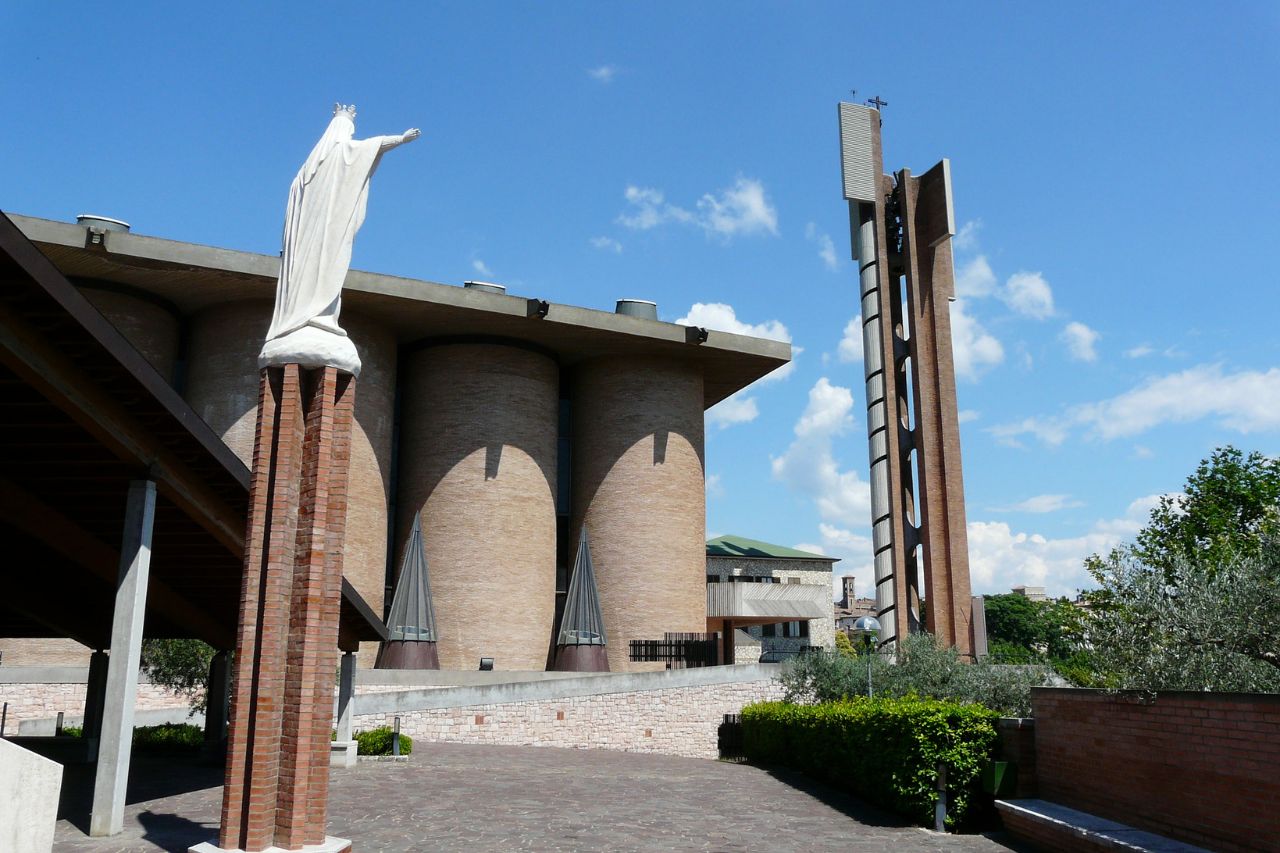
Mother Speranza founded the Collevalenza Sanctuary, or Sanctuary of Merciful Love, in 1951 in Collevalenza. It inspires those seeking healing and spiritual guidance and is known for its healing waters. The healing waters are used for bathing, drinking, and collecting for later use. With a simple and modern style, visiting the sanctuary provides a very peaceful atmosphere.
Italy Travel Secret
Visiting Collevalenza Sanctuary is a perfect chance to explore Collevalenza, Todi, and Umbria, which are very religious and spiritual towns significant to Italian culture.
Read more: Central Italy Cities – Travel Guide to 17 Fabulous Gems
10. Saint Mark’s Basilica – Venice
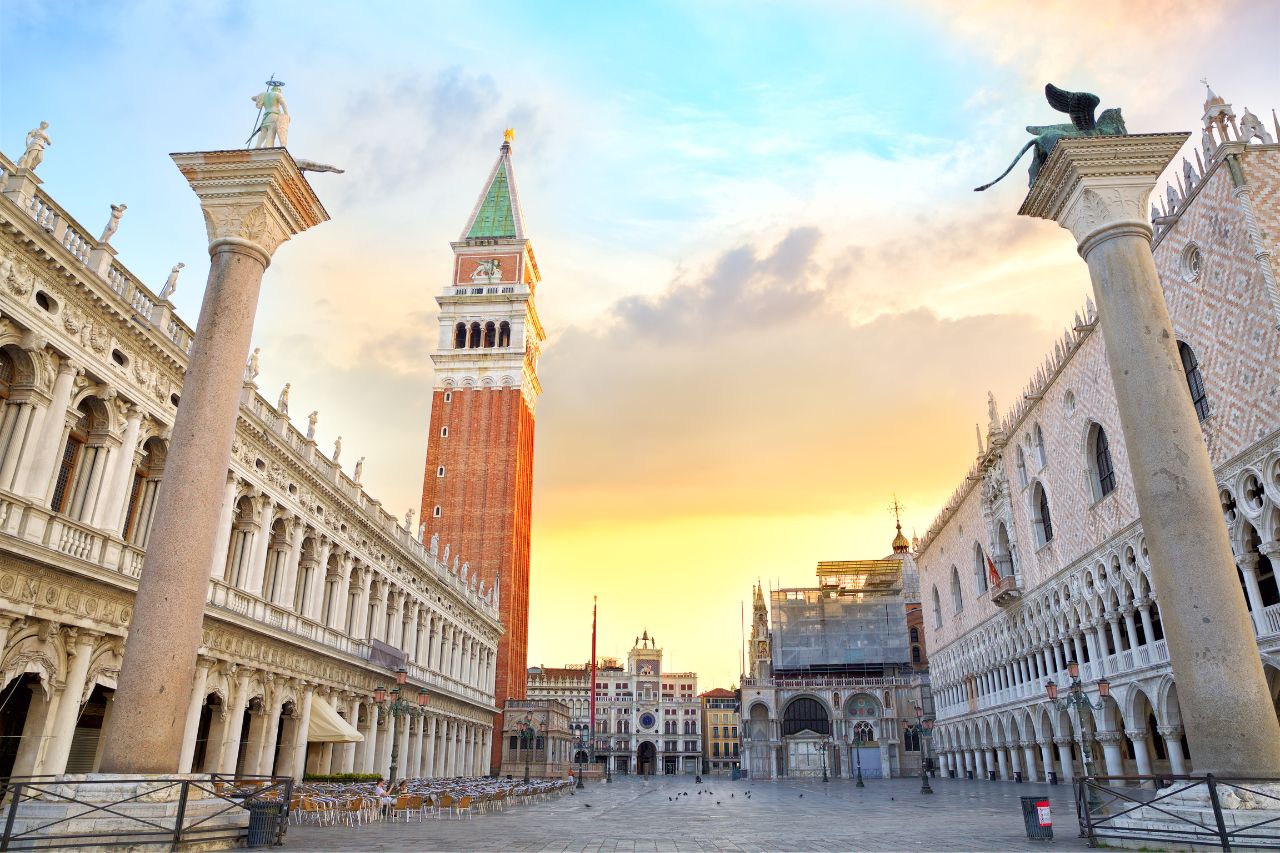
Incredibly famous in Venice, Saint Mark’s Basilica was constructed between the 9th and 11th centuries and is a stunning example of Byzantine architecture. It features domes, arches, and beautiful mosaics as well as marble sculptures. It is hugely significant to Venice as it houses the relics of Saint Mark and symbolizes Venetian power and wealth throughout history.
Italy Travel Secret
Don’t rush your visit when viewing the mosaics. Look up and observe the beauty and details.
11. Basilica of San Francesco di Paola – Naples
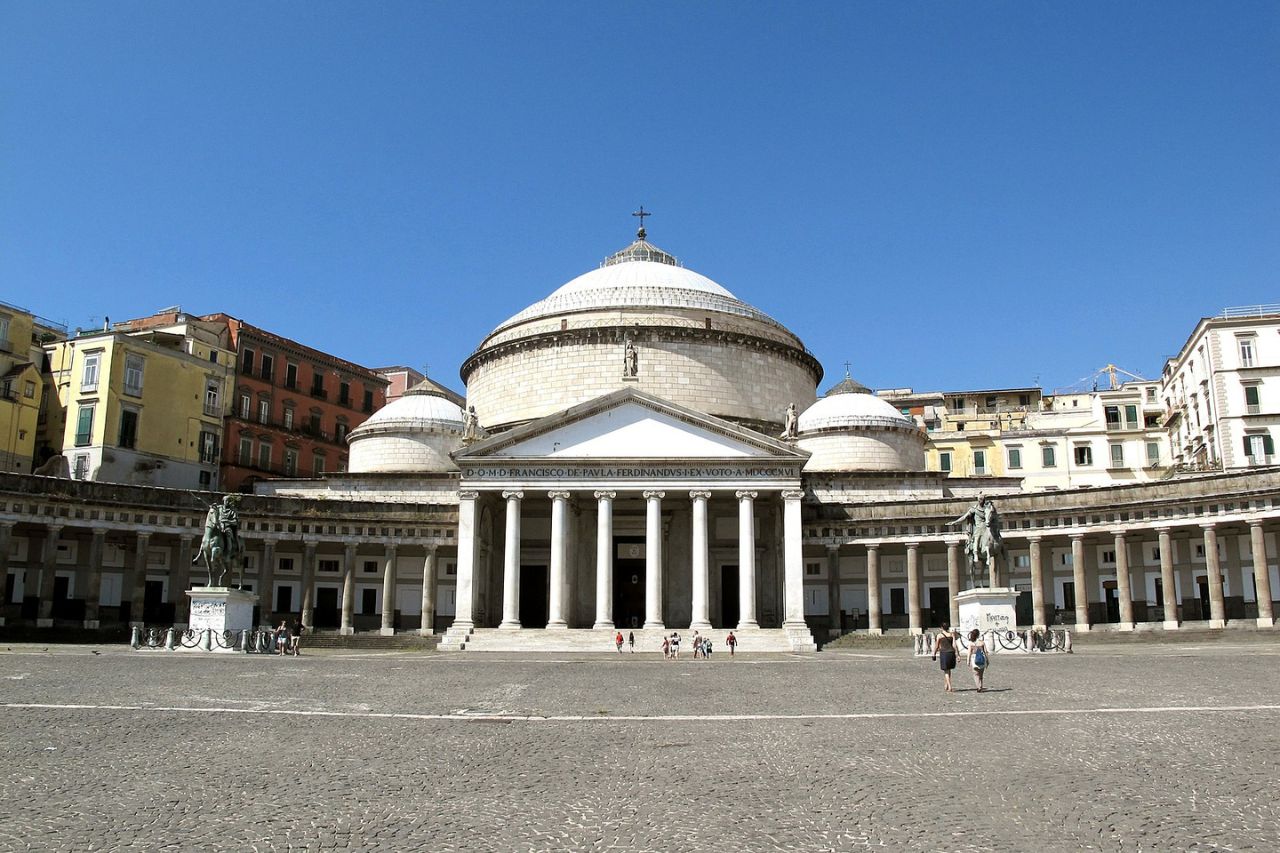
Completing construction in 1846, King Ferdinand I commissioned the Basilica of San Francesco di Paola as a dedication to Saint Francis of Paola in Naples. Pietro Bianchi designed the magnificent neoclassical architecture showcased in it, drawing inspiration from the Pantheon in Rome. The grandeur attracts both locals and visitors and symbolizes the rule of the Bourbon monarchy.
Italy Travel Secret
Check to see if there are any musical performances during your visit, many performances and concerts are held inside the basilica.
12. Cathedral of Saint Ciriaco – Ancona
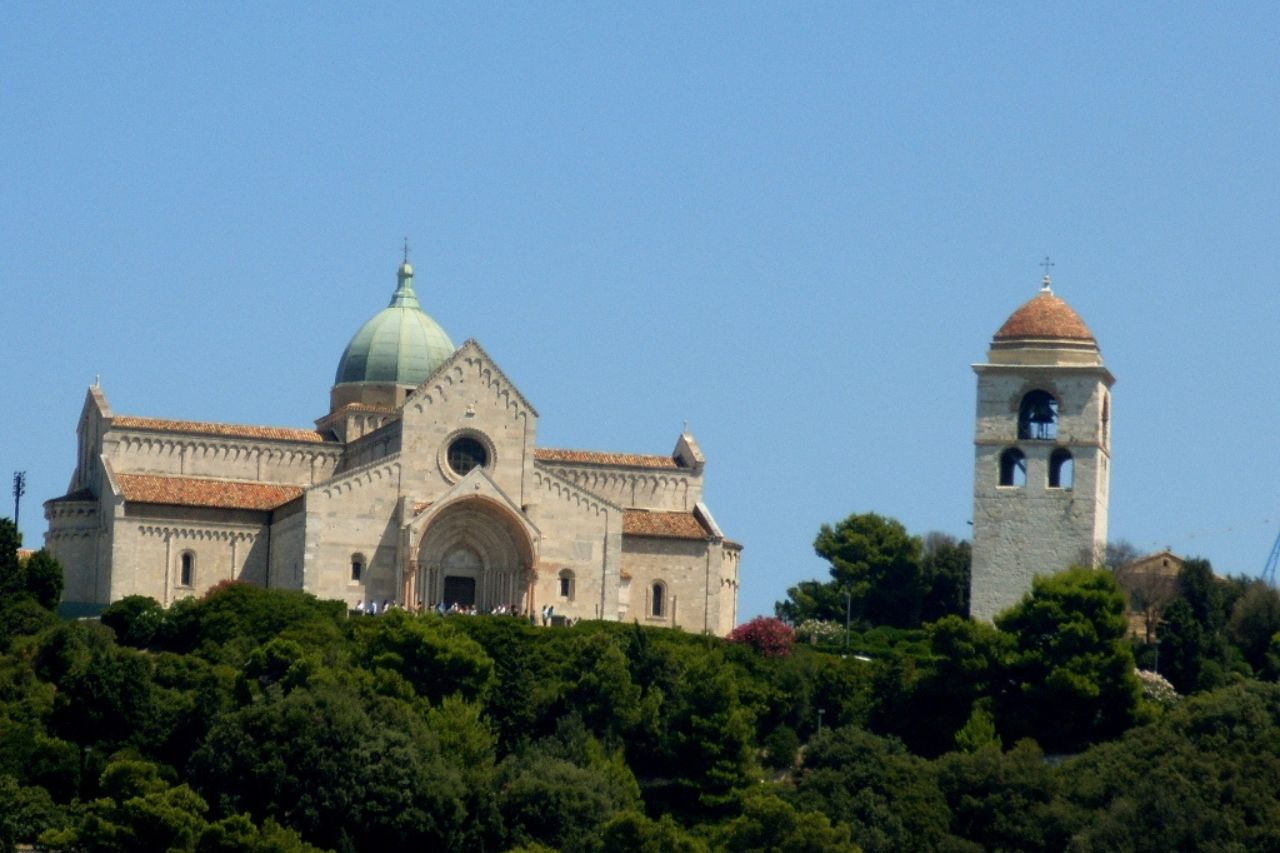
One of the most extraordinary cathedrals in Italy, the Cathedral of Saint Ciriaco was built in Ancona in the 11th century. It contains a combination of Romanesque, Gothic, and Byzantine architectural styles. It is dedicated to Saint Ciriaco, who is the patron saint of Ancona and is a symbol of the city’s rich heritage. The gorgeous cathedral features a rose window with intricate stone carvings.
Italy Travel Secret
Visit the Museo Diocesano across the street from the cathedral to soak in the history, heritage, and art of the cathedral.
13. Metropolitan Cathedral of Saint Peter – Bologna
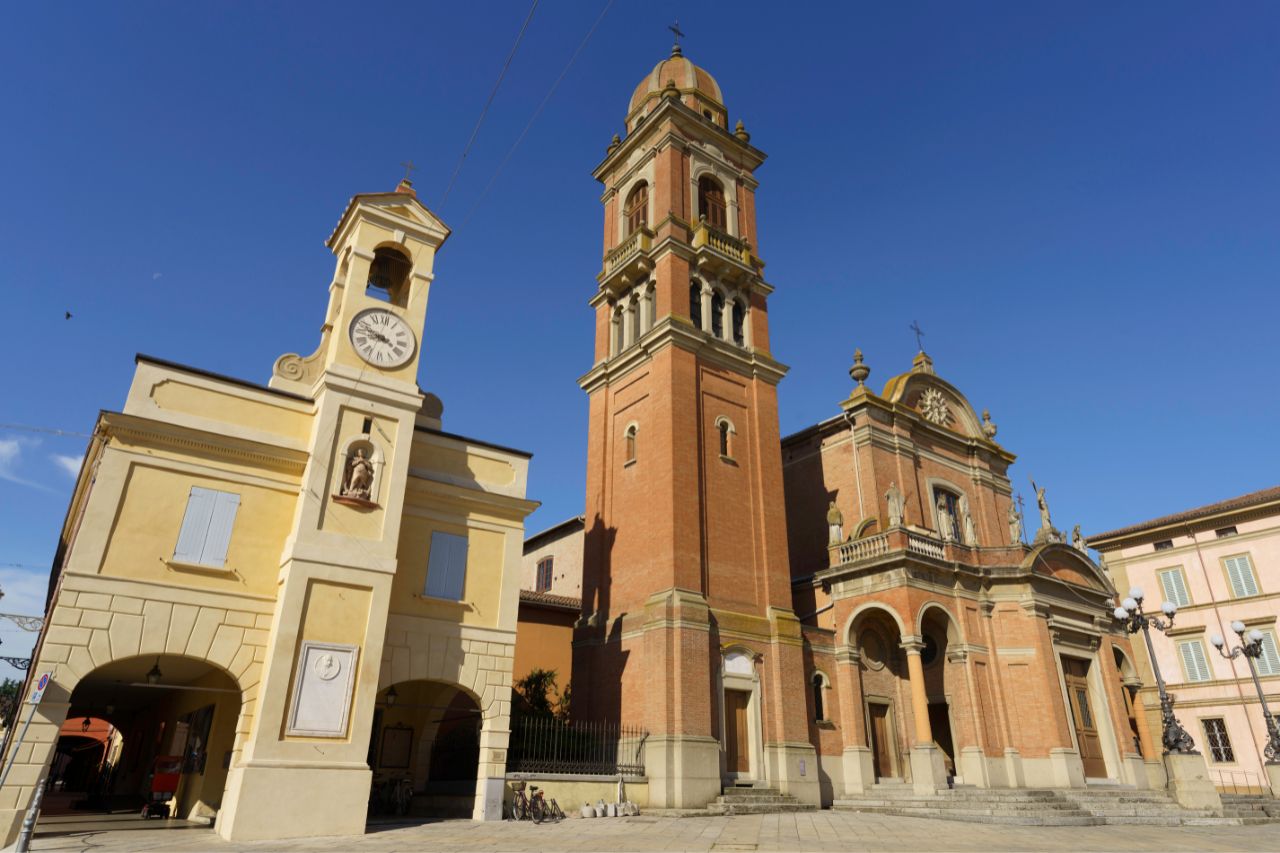
The Metropolitan Cathedral of Saint Peter is dedicated to the first pope, San Pietro and was built between the 10th and 11th centuries. The cathedral symbolizes loyalty between the city of Bologna and the Catholic Church. With a Baroque façade and white marble, the cathedral is gorgeous and very easily recognizable.
Italy Travel Secret
It can be difficult to get a good photo of the cathedral, try using a wide angle and shooting from below for your best chance at getting everything in frame.
14. Cathedral of Saint Cetteo – Pescara
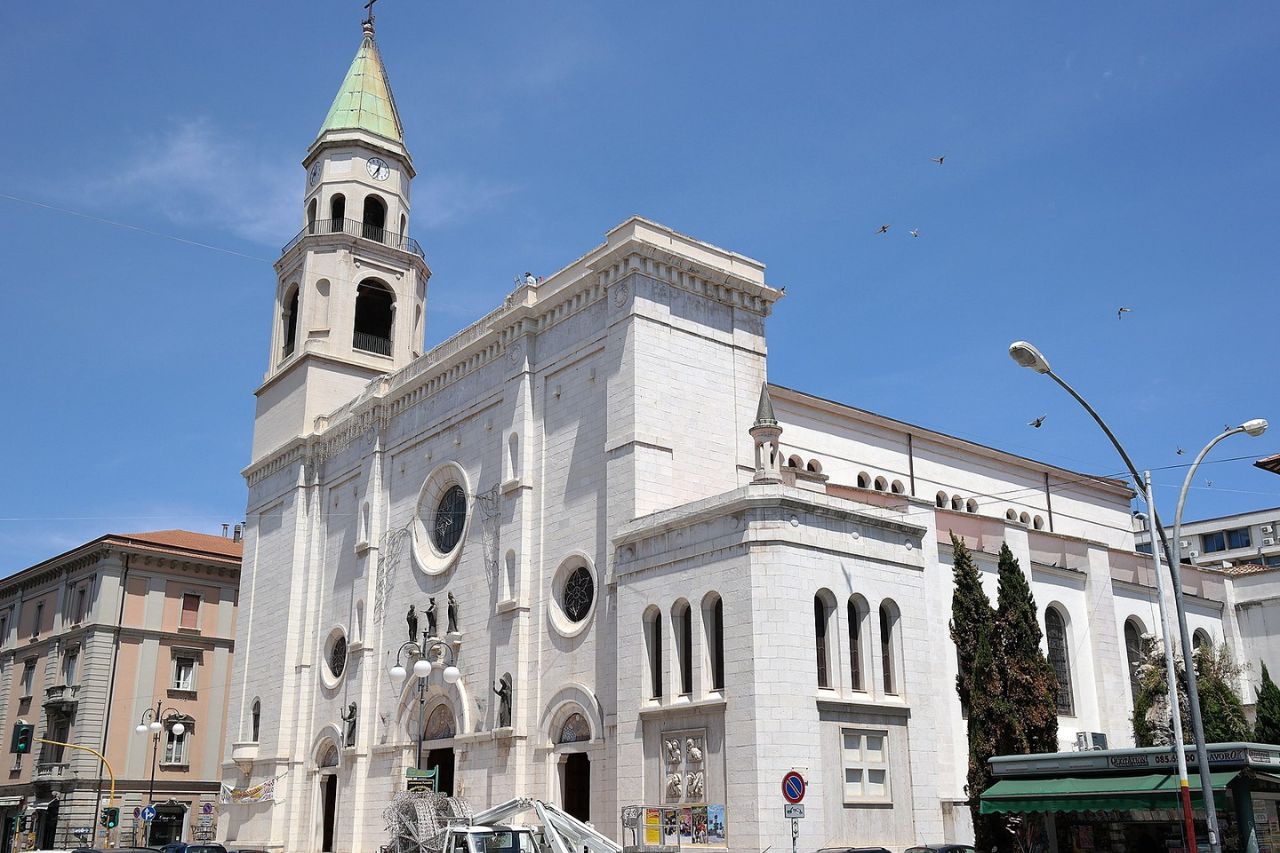
More modern than many of the other cathedrals in Italy, the Cathedral of Saint Cetteo was constructed in the 1930s. It celebrated the signing between fascist Italy and the Catholic church and was dedicated to the patron saint of Pescara. Being the main Catholic church in Pescara, it holds significant importance to the locals who come here to worship.
Italy Travel Secret
Pescara has a vibrant local culture and beautiful beaches, combine your visit to this cathedral in Italy with exploring the sites that the city has to offer.
15. Duomo of Siena
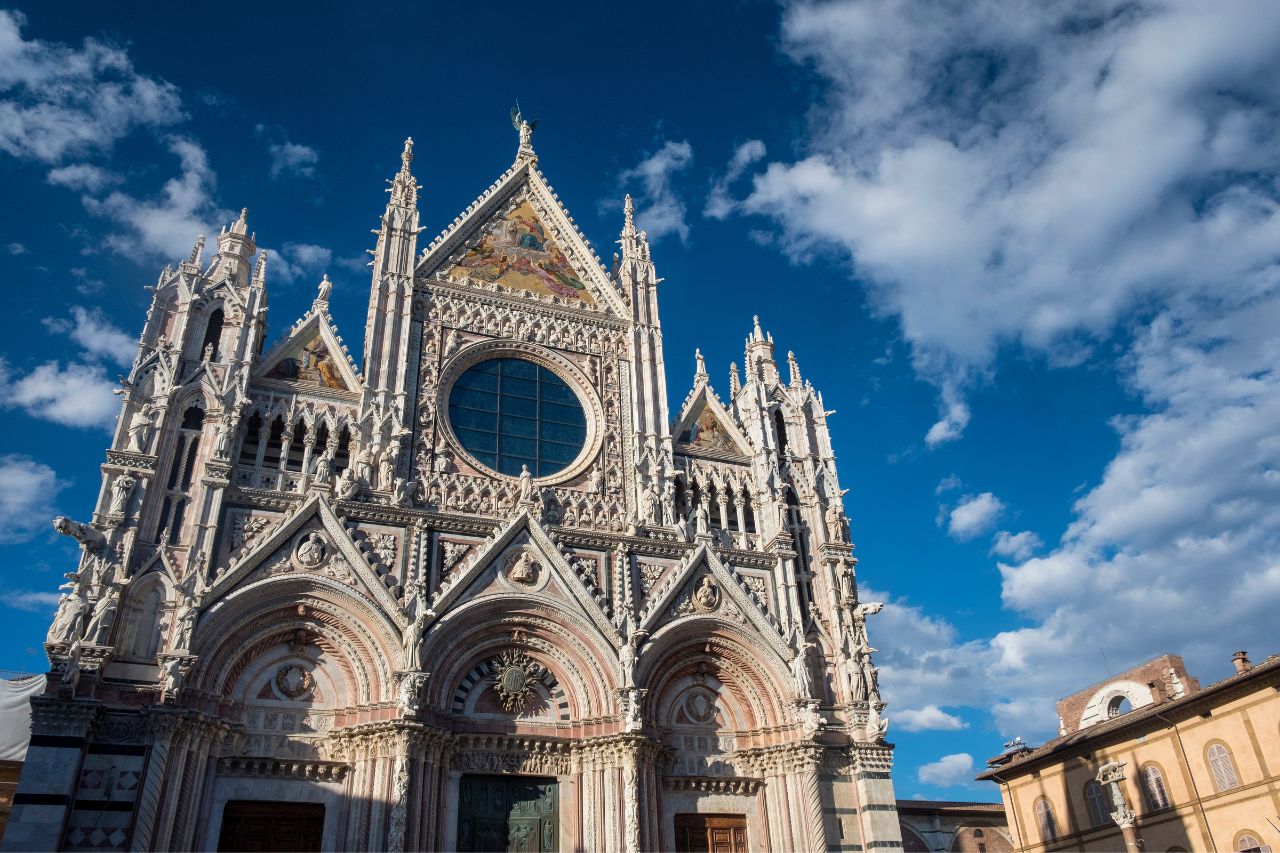
Showcasing a fascinating mix of Gothic and Romanesque style, the Duomo of Siena dates all the way back to 1215 in Siena, Tuscany. It boasts a very impressive façade with north, east, south, and west all showcasing different and fascinating artistic styles. The historic center of Siena, including the Duomo, is a UNESCO World Heritage Site. The Duomo is dedicated to the Assumption of Mary, holding a large significance to the local people.
Italy Travel Secret
Make sure to visit the Piccolomini Library, located inside the Duomo to see an incredible collection of Renaissance frescoes by renowned artists.
16. Basilica of San Francesco d’Assisi – Assisi
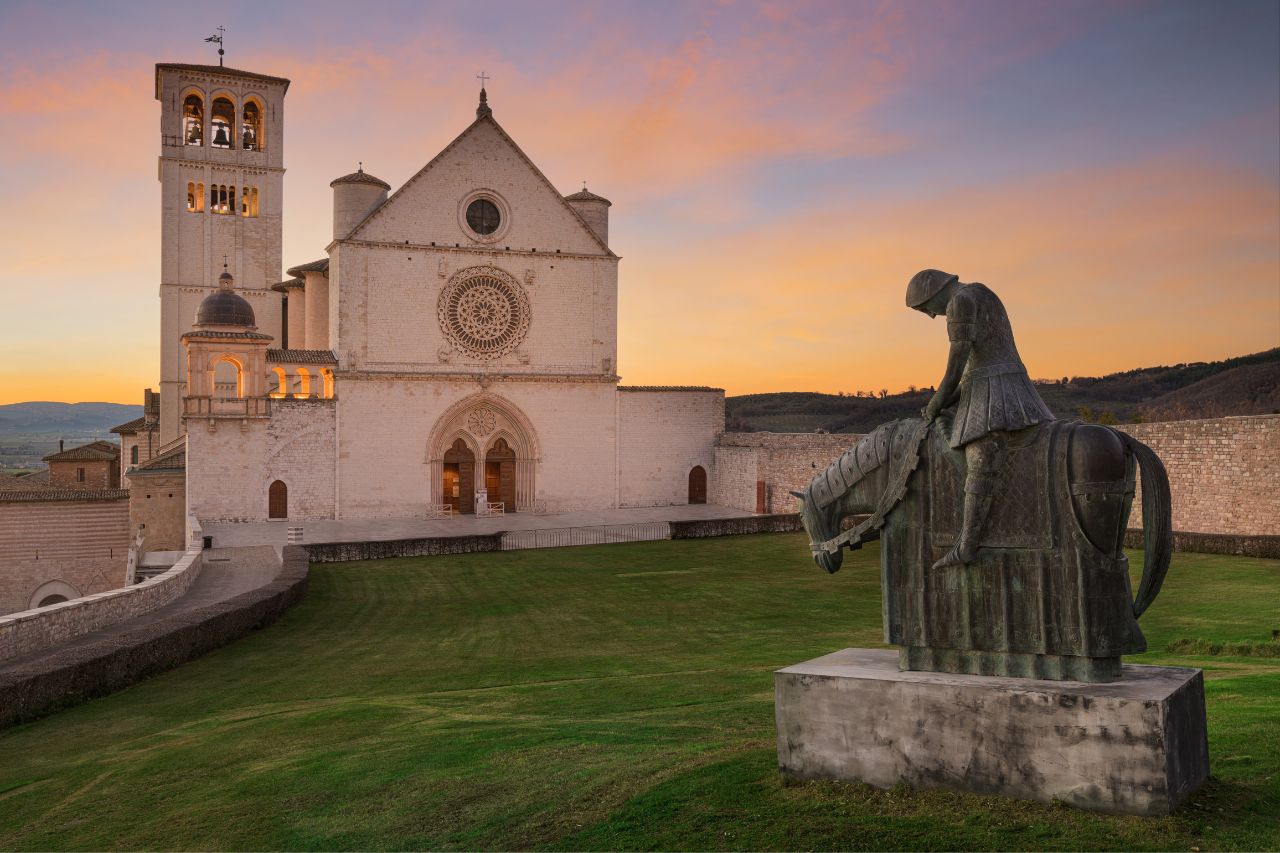
Made up of the Lower Basilica and the Upper Basilica, the construction of the Basilica of San Francesco d’Assisi took place between 1228 and 1253 in Assisi. The Lower Basilica is simple, in contrast to the Upper Basilica which boasts stunning frescoes by incredible artists. The Basilica is dedicated to Saint Francis of Assisi who is a hugely respected saint in Catholicism. It has become a pilgrimage site for millions of people coming to honor him.
Italy Travel Secret
If possible, attend a service here to get the full experience of the spiritual ambiance of the Franciscan community.
17. Cathedral of Bitonto
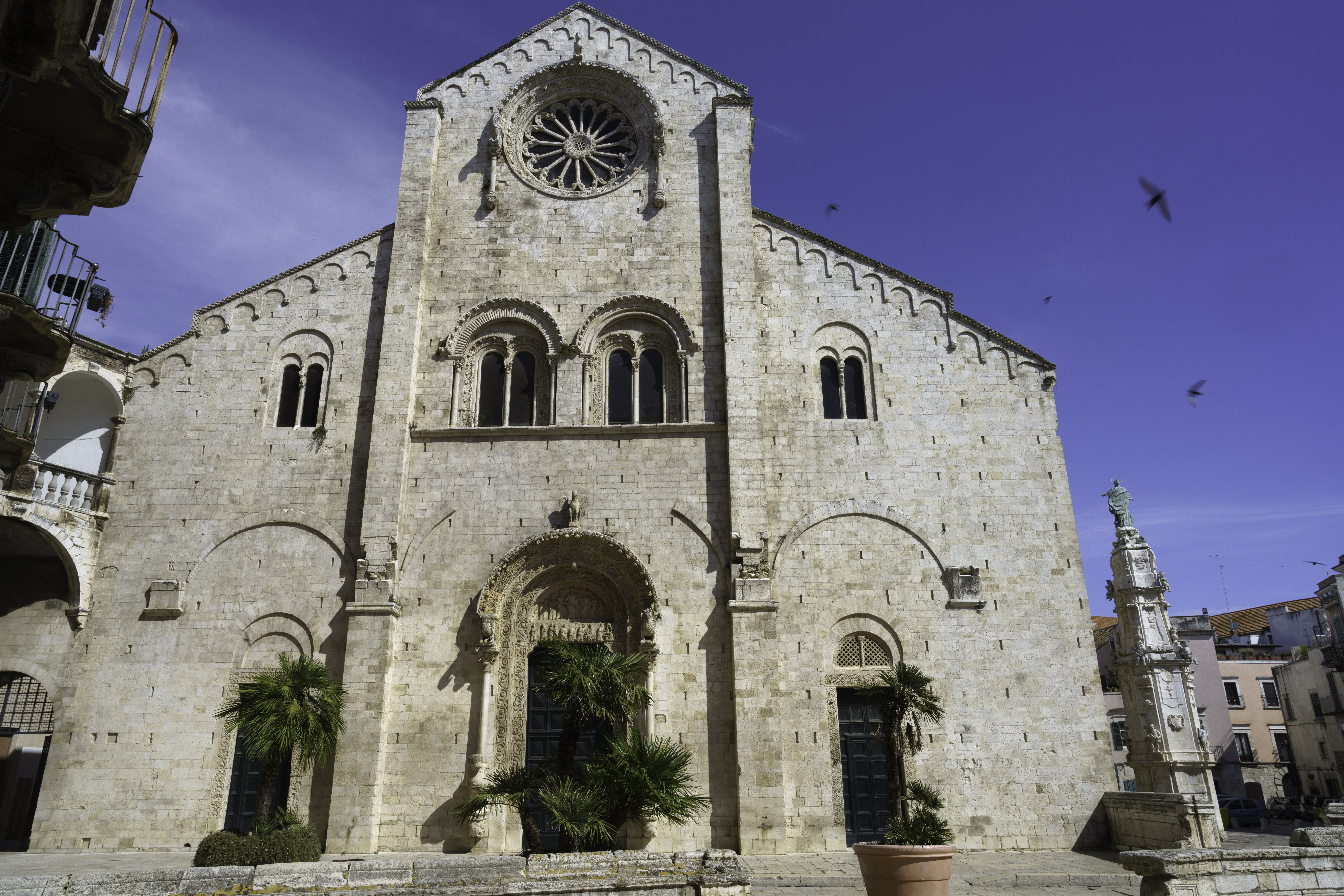
Modeled after the Basilica of San Nicola in the 11th century, the Cathedral of Bitonto is primarily Romanesque and Gothic and is the largest church in the Puglia region. Located in Bitonto, the Cathedral was dedicated to Saint Valentine and is home to many pieces of valuable artwork and religious artifacts. It also holds the Crypt of Saint Valentine underneath the cathedral, an ancient underground space with relics of Saint Valentine.
Italy Travel Secret
Check the local calendar to see if any events or religious celebrations are taking place during your trip to Bitonto, participating in these events gives you the opportunity to witness the cathedral’s role in the community’s religious traditions.
18. Milan Cathedral
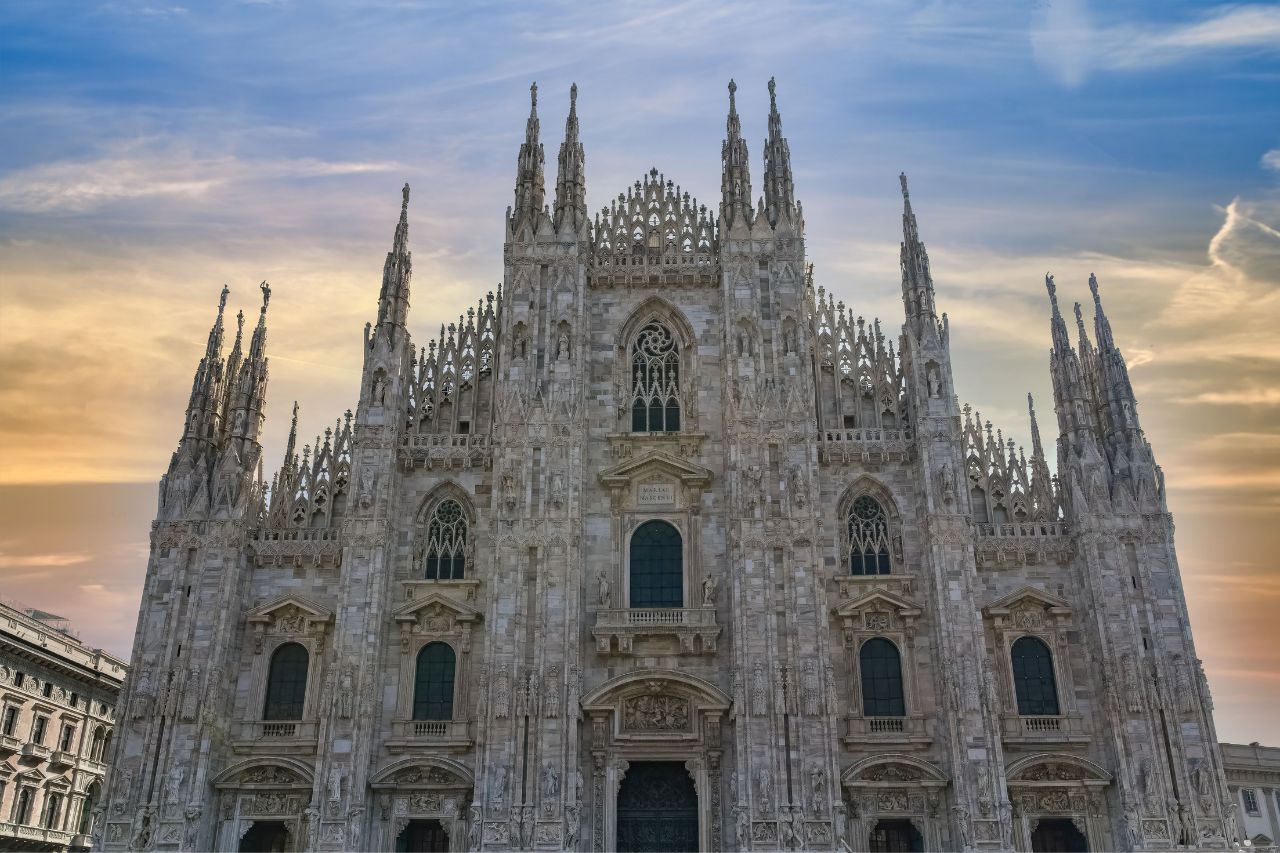
The famous Milan Cathedral, or Duomo di Milano, is not only one of the largest cathedrals in Italy, but also in the world. Construction lasted from 1386 to 1965, taking nearly six centuries. While the architectural style is primarily Gothic, there are also some hints of Renaissance and Neoclassical architectural styles.
Italy Travel Secret
One of my favorite things to do during a trip to Milan is visiting the rooftop terrace during sunset for a drink while overlooking the plaza below…
19. Genoa Cathedral

In the city of Genoa, construction of the Genoa Cathedral started during the 12th century and took place over many centuries. With a gorgeous blend of Romanesque, Gothic, and Renaissance styles, the cathedral has gorgeous artwork and details. Christopher Columbus’ father, Domenico, used to worship at the Genoa Cathedral.
Italy Travel Secret
Keep your eye out for the sculpture of a small marble dog on the exterior wall. While the cathedral was being built, a dog was constantly hanging out the window. However, after the dog disappeared, the builders decided to honor him with a sculpture.
20. Basilica di San Giovanni in Laterano – Rome
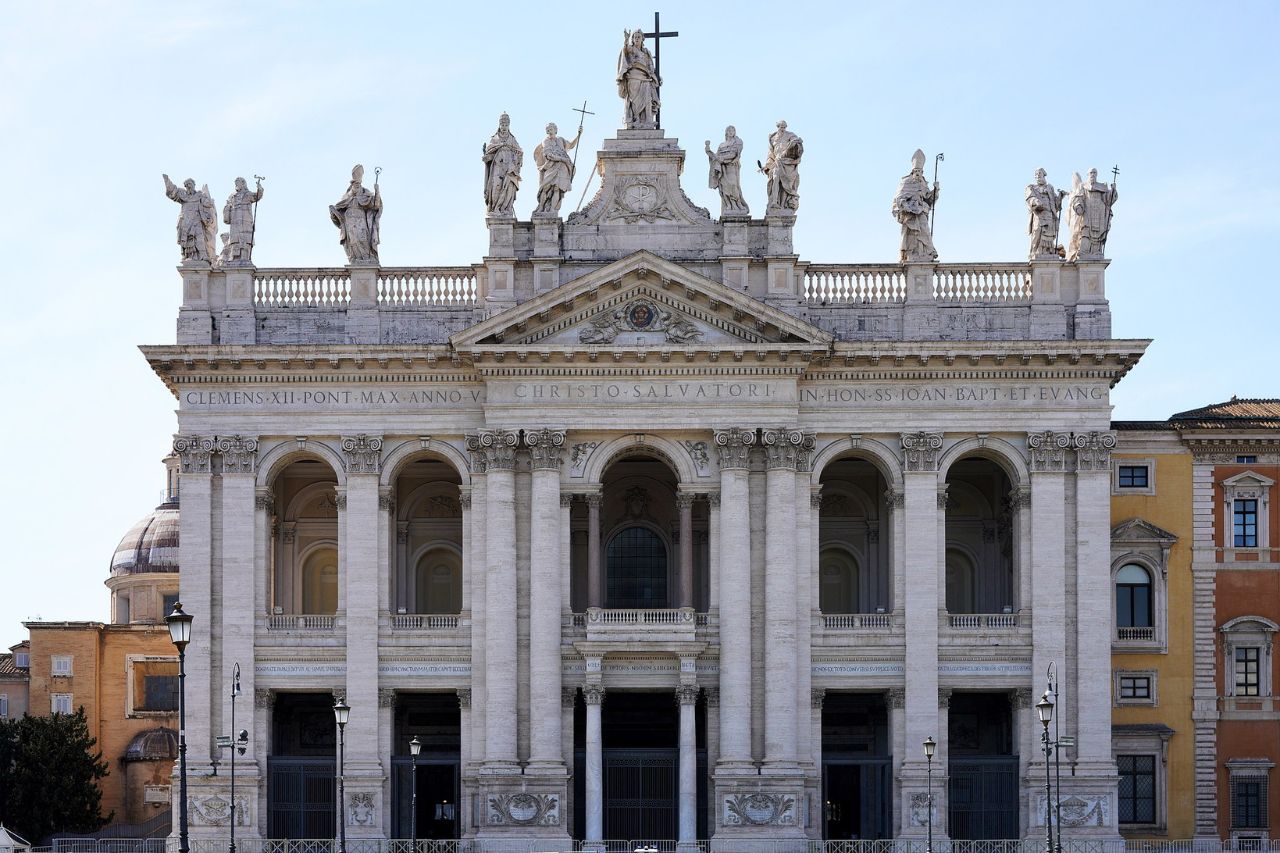
The Basilica di San Giovanni in Laterano (St. John Lateran Basilica) is not just a marvel of religious significance; it’s a cornerstone of historical architecture in Rome. Esteemed as the oldest of the four major basilicas in Rome, its foundation dates back to the time of Constantine the Great, the first Christian emperor of Rome. This basilica holds the title of “Mother Church” of the Roman Catholic faith, underscoring its paramount importance.
Italy Travel Secret
While visiting, make sure to explore the adjacent Holy Stairs (Scala Sancta), believed to be the steps Jesus Christ climbed on the day of his trial in Jerusalem, Saint Helena transported it to Rome during the 4th century.
21. Basilica Cattedrale di Sant’Agata – Catania
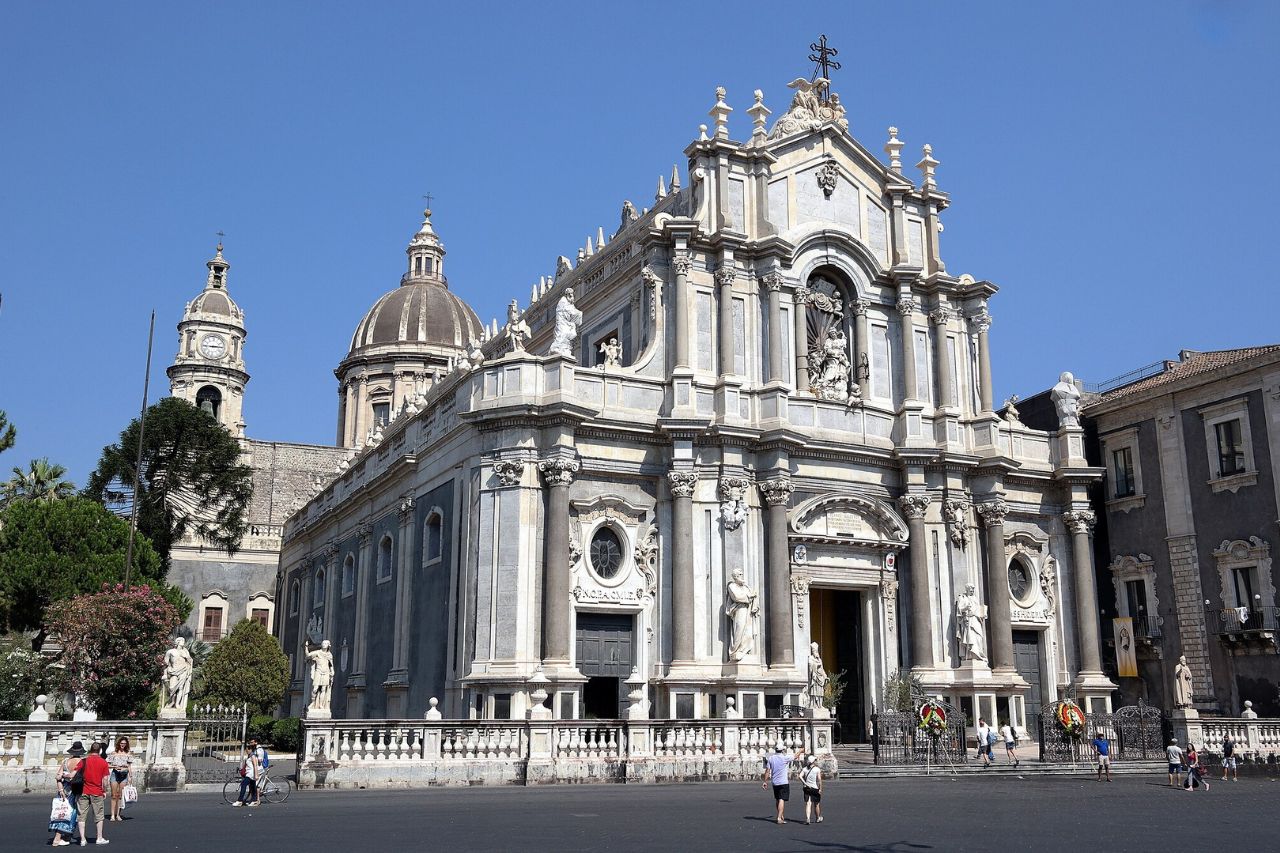
The Basilica Cattedrale di Sant’Agata stands as a beacon of faith and history in the heart of Catania, Sicily. Dedicated to Saint Agatha, the city’s patron saint, this magnificent cathedral embodies a blend of centuries-old religious traditions and architectural evolution. Originally constructed in the 11th century, it has witnessed numerous rebuilds due to earthquakes and eruptions from Mount Etna, each time rising with greater splendor. The cathedral’s Baroque facade, designed by the famous architect Giovanni Battista Vaccarini, greets visitors with its grandeur, leading them into an interior rich with art and history.
Italy Travel Secret
Be sure not to miss the Feast of Saint Agatha, celebrated every February with grand processions and festivities throughout Catania. It’s a profound way to experience local culture and devotion.
22. Cathedral of Cefalù – Cefalù
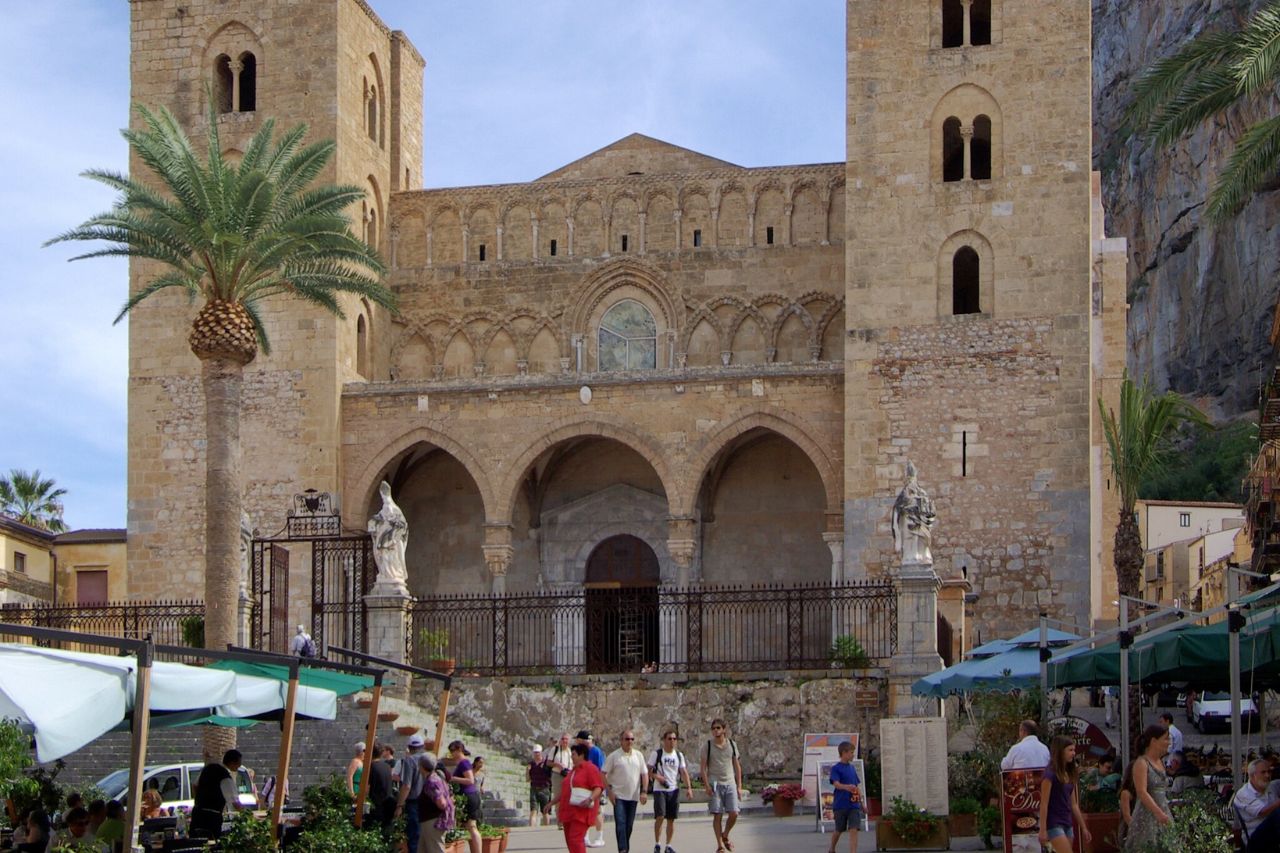
Nestled in the picturesque town of Cefalù, Sicily, the Cathedral of Cefalù is a testament to Norman architectural prowess and religious dedication. Commissioned by Roger II of Sicily in 1131, this cathedral is a masterpiece blending Norman, Arab, and Byzantine influences, a hallmark of Sicily’s rich cultural crossroads. Its twin towers and imposing facade dominate the town’s skyline, while the interior’s stunning mosaics, particularly the Christ Pantocrator, offer a spiritual and artistic feast for the eyes.
Italy Travel Secret
Don’t miss the opportunity to climb the adjacent Rocca di Cefalù for a breathtaking view of the cathedral and the Tyrrhenian Sea. It’s a hike that rewards with historical insights and panoramic vistas.
23. Cattedrale di San Zeno – Pistoia
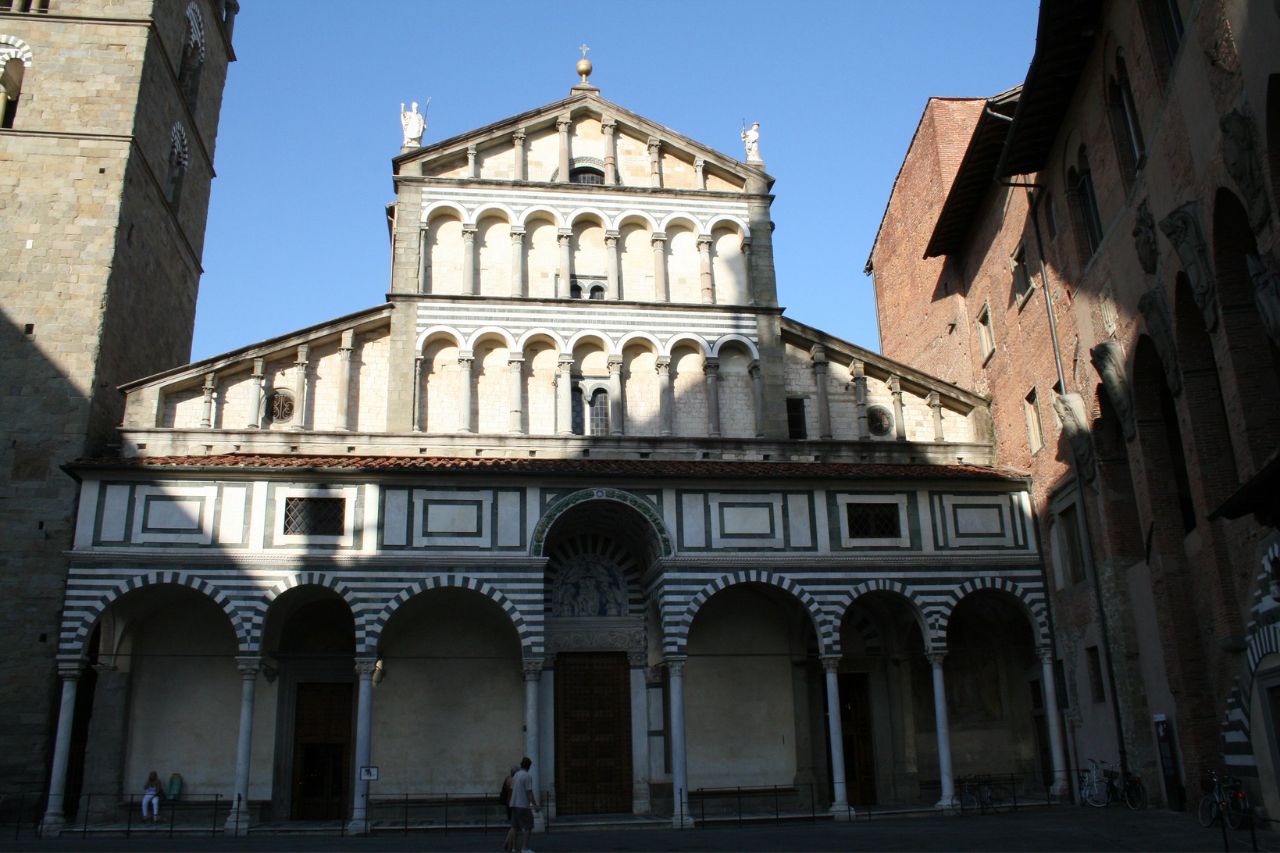
The Cattedrale di San Zeno, located in the heart of Pistoia, is a splendid example of Romanesque architecture that dates back to the early centuries of the second millennium. This cathedral, dedicated to Saint Zeno, is notable for its striking facade adorned with intricate marble patterns and its majestic silver altar, which is a masterpiece of medieval art. The cathedral has undergone various modifications over the centuries, yet it retains the essence of its original structure, offering visitors a glimpse into Pistoia’s rich ecclesiastical history.
Italy Travel Secret
When visiting, be sure to explore the cathedral’s bell tower for a panoramic view of Pistoia’s picturesque landscape. The climb is rewarded with breathtaking views that capture the essence of Tuscany.
24. Spoleto Cathedral – Spoleto
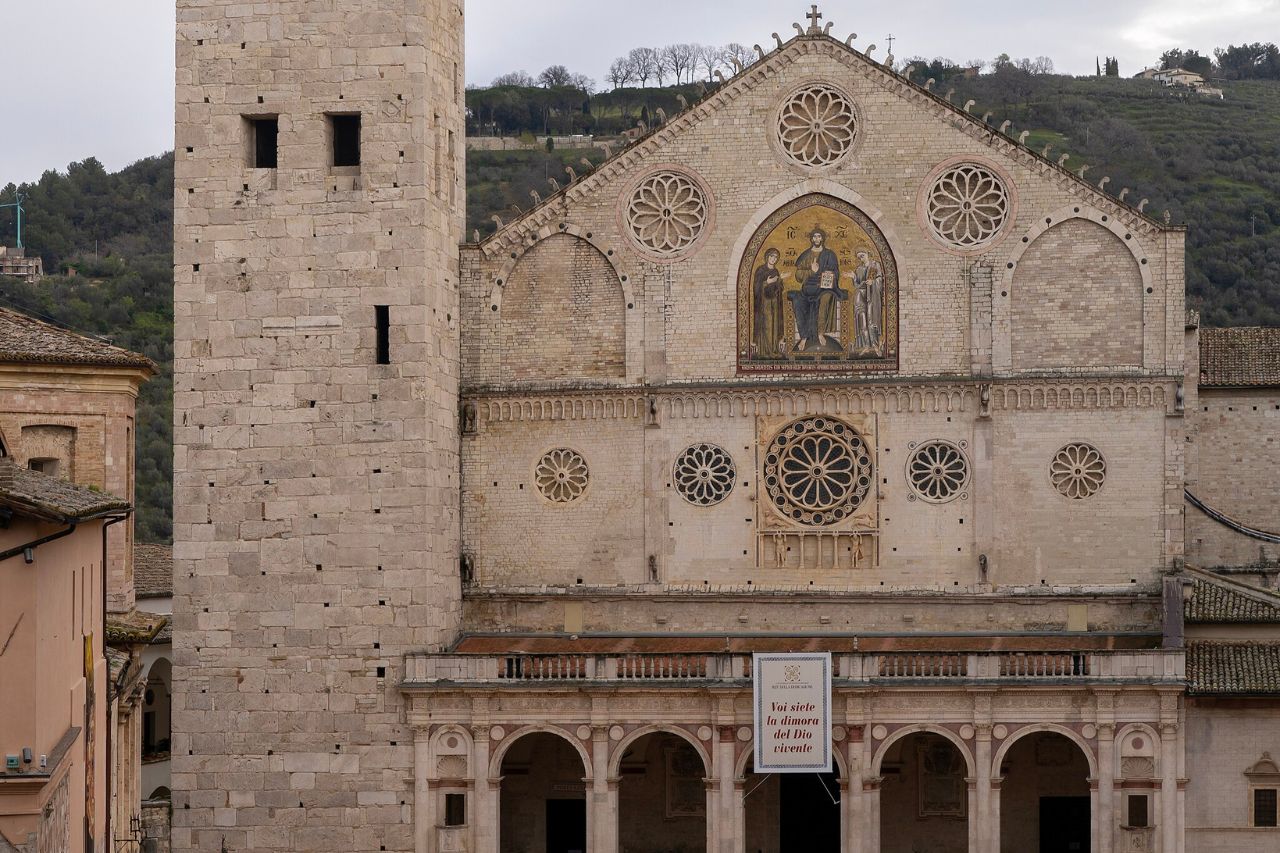
The Spoleto Cathedral, or Duomo di Spoleto, is a remarkable edifice that serves as a spiritual beacon in the Umbrian landscape. This cathedral, dedicated to the Assumption of the Blessed Virgin Mary, is a prime example of Romanesque architecture. Its construction spans several centuries, with origins dating back to the 12th century. The cathedral’s facade is adorned with a mosaic that glimmers under the Umbrian sun, while its interior houses precious artworks, including a fresco by Filippo Lippi in the apse, depicting the Virgin Mary’s coronation.
Italy Travel Secret
Be sure to attend the Spoleto Festival dei Due Mondi if you’re in town during the summer. This event transforms the cathedral square into a lively venue for world-class music, art, and culture performances, offering a unique way to experience the cathedral’s splendor.
25. Cattedrale di San Giusto Martire – Trieste
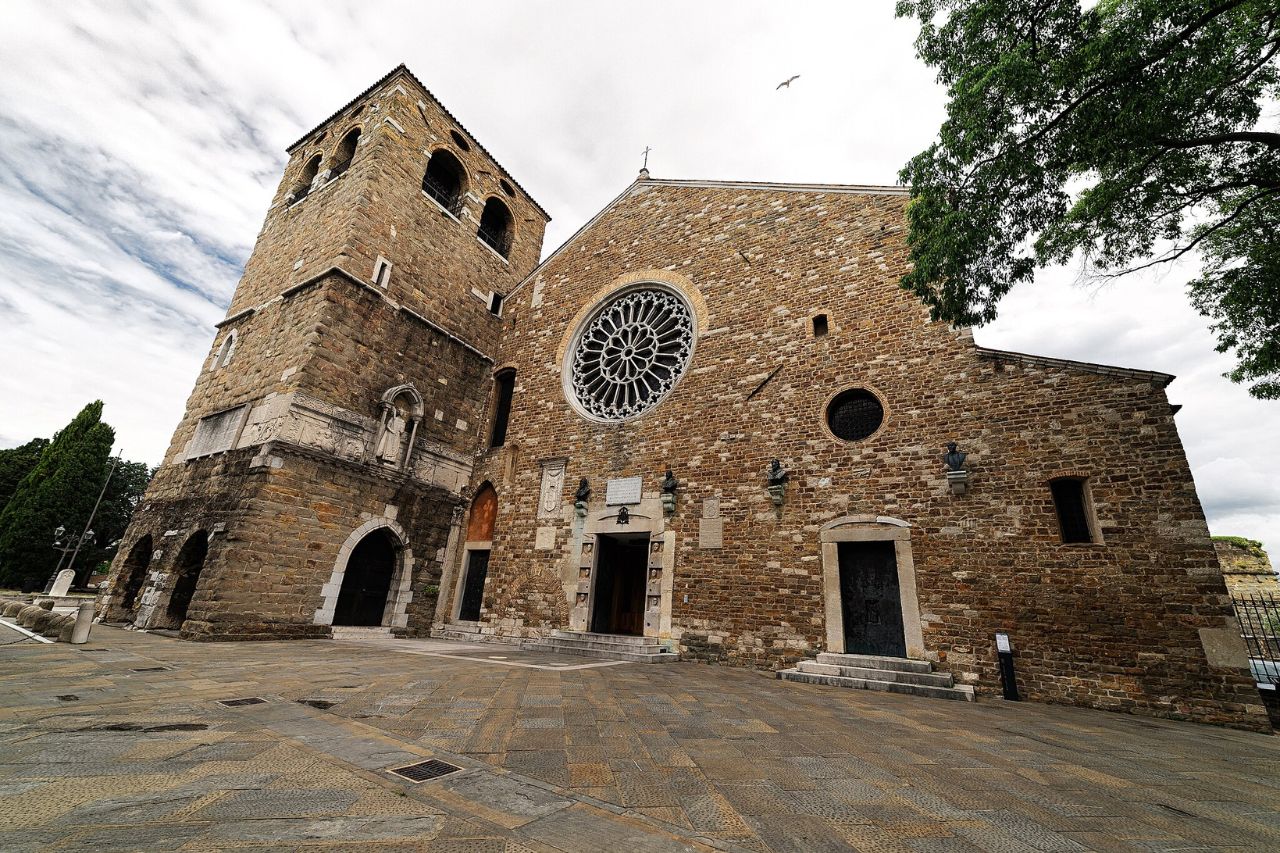
Perched atop the hill of San Giusto, the Cattedrale di San Giusto Martire is a symbol of Trieste’s rich historical tapestry. This cathedral is a fusion of two ancient churches, dating back to the 6th century, showcasing a unique blend of religious and architectural history. Its mosaic-filled interiors, including the stunning representation of San Giusto in the apse, and the Romanesque and Gothic elements, tell the tale of Trieste’s diverse cultural influences over the centuries.
Italy Travel Secret
Don’t miss the panoramic views of Trieste and the Adriatic Sea from the cathedral’s surroundings. The vista is especially breathtaking at sunset, offering a serene moment to reflect on the beauty and history of this enchanting city.
26. Cattedrale di Maria Santissima della Bruna e Sant’Eustachio – Matera
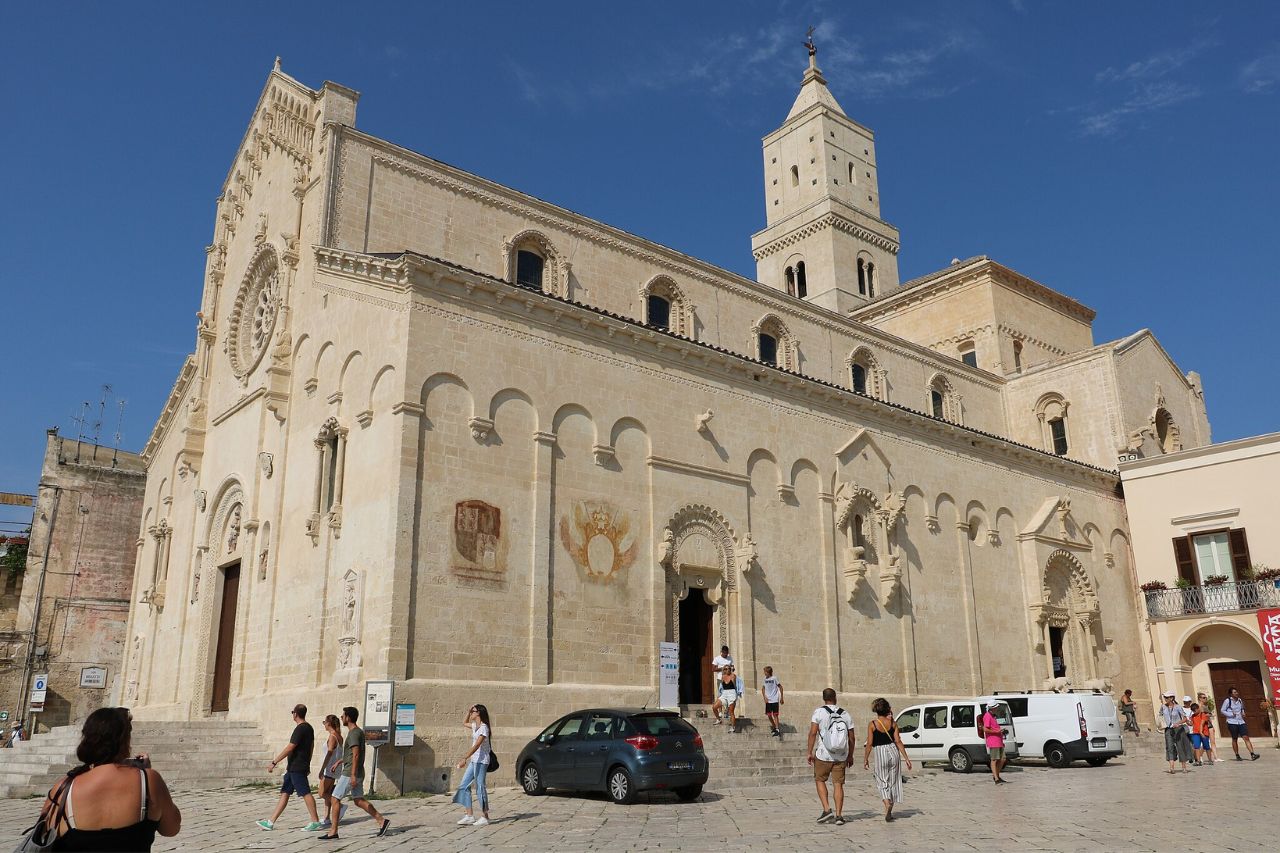
The Cattedrale di Maria Santissima della Bruna e Sant’Eustachio stands as a monumental beacon in Matera, embodying the spiritual and architectural heritage of the city. Situated in the heart of the Sassi, Matera’s ancient cave dwellings, this cathedral is a remarkable example of Apulian Romanesque architecture. Constructed in the 13th century, it has since overseen the city’s evolution, from a troglodytic settlement to a UNESCO World Heritage site. The cathedral’s interior is adorned with beautiful frescoes and a stunning wooden choir, a testament to the artistry of the past.
Italy Travel Secret
Make sure to visit during the Festa della Bruna, Matera’s most important religious festival, held annually on July 2nd. It’s a spectacular event that combines faith, tradition, and community spirit, offering a unique insight into Matera’s cultural fabric.
FAQs about Cathedrals in Italy
Here are the frequently asked questions about cathedrals in Italy.
What is the Difference Between a Cathedral and a Duomo?
A cathedral refers to a principal church that contains the seat of a bishop and serves a diocese. Duomo is the Italian word for cathedral and can refer to either a current or a former cathedral, especially if a town no longer has a bishop.
What Makes a Basilica Different from a Church?
The Pope grants basilicas a special designation within the Catholic Church due to their historical, architectural, or spiritual significance. They are symbolic and often house important relics or historical artifacts.
What Architectural Style is Prominent in Italian Cathedrals?
Cathedrals in Italy often have Gothic style architecture. There are also often mixes of different architectural styles incorporating Renaissance, Baroque, and Romanesque elements.
Conclusion
Exploring Italy’s cathedrals offers a journey through time, where the stones whisper centuries-old tales and the artistry speaks of unmatched devotion. Each cathedral, from the grandeur of Rome’s Basilica di San Giovanni in Laterano to the historic depths of Matera’s Cattedrale di Maria Santissima della Bruna, tells a unique story of faith, culture, and architectural brilliance. They stand as beacons of Italy’s rich heritage, inviting travelers to immerse themselves in the beauty and spirituality that is woven into the very fabric of Italian society. Through these sacred halls, one can truly experience the heart and soul of Italy.


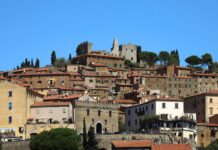
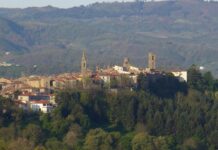
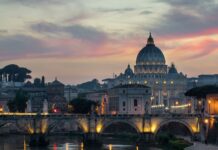






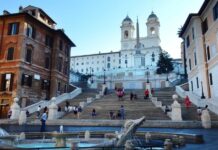


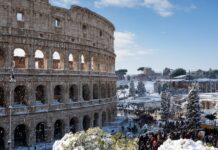

![cathedrals-in-italy[1] Cathedrals in Italy](https://italytravelsecrets.com/wp-content/uploads/2023/07/cathedrals-in-italy1-1068x542.jpg)
